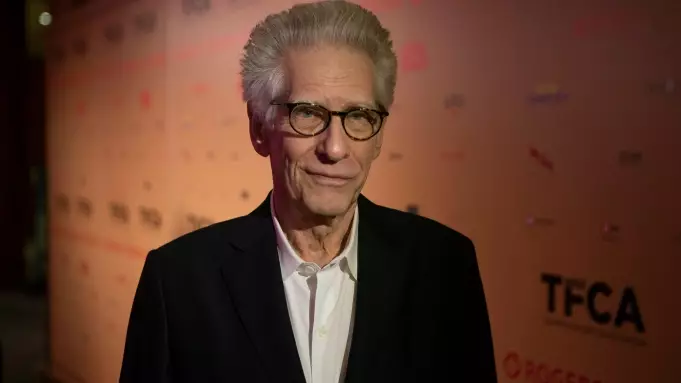The ongoing debate surrounding artificial intelligence in filmmaking, particularly regarding its use in the film *The Brutalist*, has sparked waves of discussion in Hollywood. Esteemed director David Cronenberg has taken a bold stance in defense of the practice, articulating an argument that not only supports AI’s role in cinema but also exposes the underlying biases that seem to be targeting certain projects. His remarks during a recent appearance at the London Soundtrack Festival highlight a pivotal point: the cinematic landscape is evolving, and resistance to these changes often emerges from irrational fears rather than informed critique.
Cronenberg’s assertion that there is a “campaign against” *The Brutalist* raises questions about the motivations behind the scrutiny placed on films utilizing advanced technology. By drawing parallels to historical industry controversies, he suggests that criticism may stem more from jealousy than genuine concern for artistic integrity. When a project stands out, it seems to trigger an innate urge to undermine it, especially amongst rival creatives. This sentiment resonates throughout history; competitiveness within the film industry often manifests as sabotage.
AI as an Instrument, Not an Entity
The concerns surrounding AI’s pervasive role in filmmaking are understandable, yet they often overlook a fundamental truth: technology is merely a tool to enhance human creativity. D ávid Jancs ó, the editor of *The Brutalist*, has noted that AI was employed to assist with the intricacies of Hungarian dialogue, bringing attention to the challenges non-native speakers face when trying to achieve authenticity in performances. By facilitating the accent refinement process, AI enables artists to focus on their craft rather than becoming bogged down by technical limitations. This notion aligns with Jancs ó’s advocacy for open discussions about AI and its capabilities.
It’s vital to recognize that manipulation in film—whether it involves voice modulation or CGI effects—is not new. Cronenberg clearly illustrated this point through an example from his own film *M. Butterfly*, where he altered an actor’s voice to better fit the character’s narrative arc. When did technology in artistry become a taboo subject? Isn’t the essence of storytelling finding innovative ways to convey themes and emotions? By resisting technological advancements, filmmakers risk stagnating their creative processes.
The Ethical Dilemma of Innovation
Yet, despite these advancements, ethical questions loom large. The crux of the dilemma lies in transparency. Filmgoers often wish to engage with a story authentically, which raises valid concerns about the consequences of enhanced performances. When Cronenberg states, “This is just a part of moviemaking,” he’s pointing towards a confrontation with tradition versus progress. The key is to maintain an equilibrium where AI aids creativity rather than eclipses the humans behind the craft.
As audiences navigate this changing landscape, it is essential to embrace innovation while remaining vigilant about its implications. Films like *The Brutalist* serve as a reflection of a medium constantly in flux—a necessity in a world where storytelling adapts to cultural, technological, and societal shifts. Understanding AI’s role in this growth could redefine how we perceive the very nature of performance and originality in cinema. The potential pitfalls of deploying AI in art are considerable; however, they do not overshadow the incredible possibilities that this technology presents to enrich the cinematic experience.
